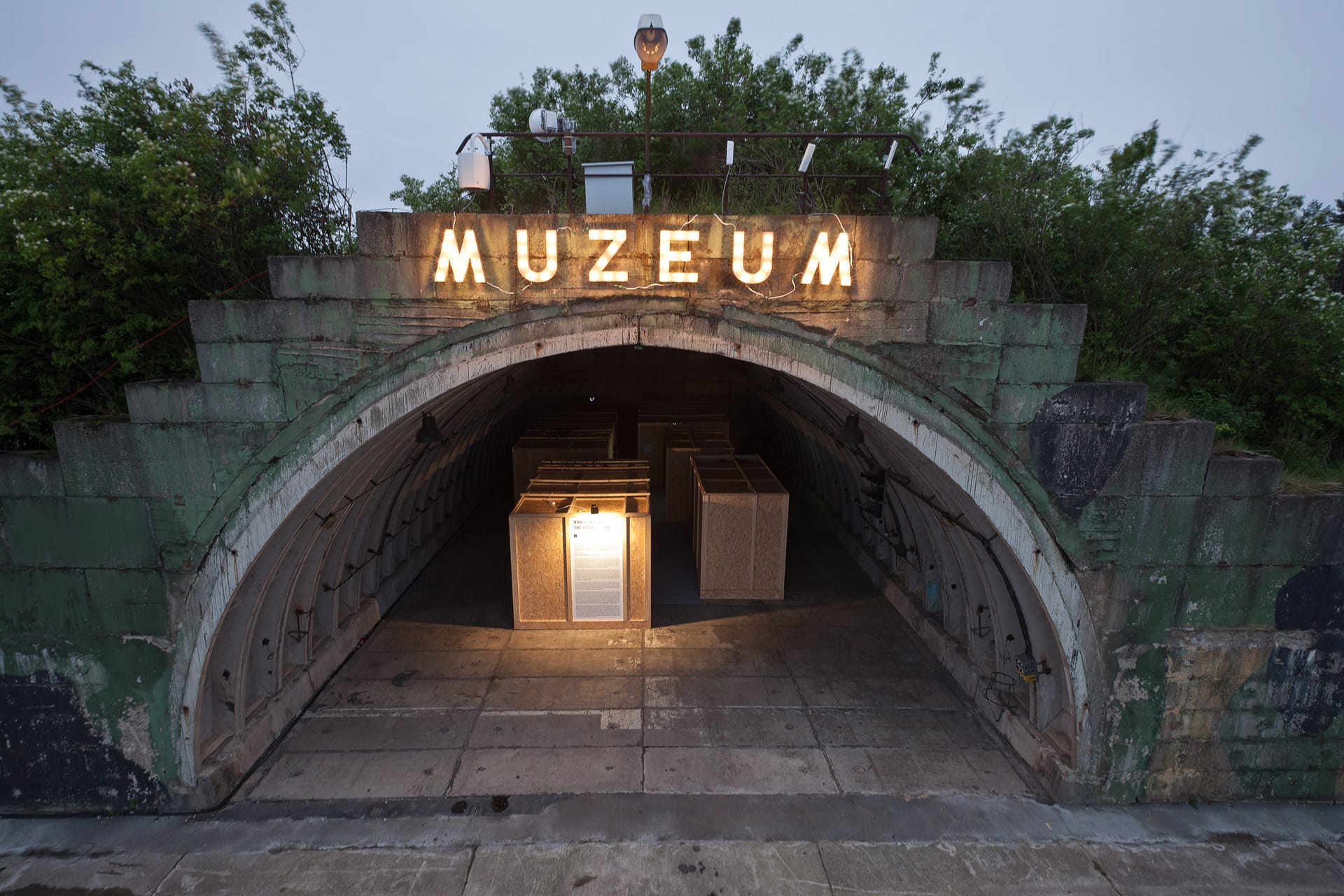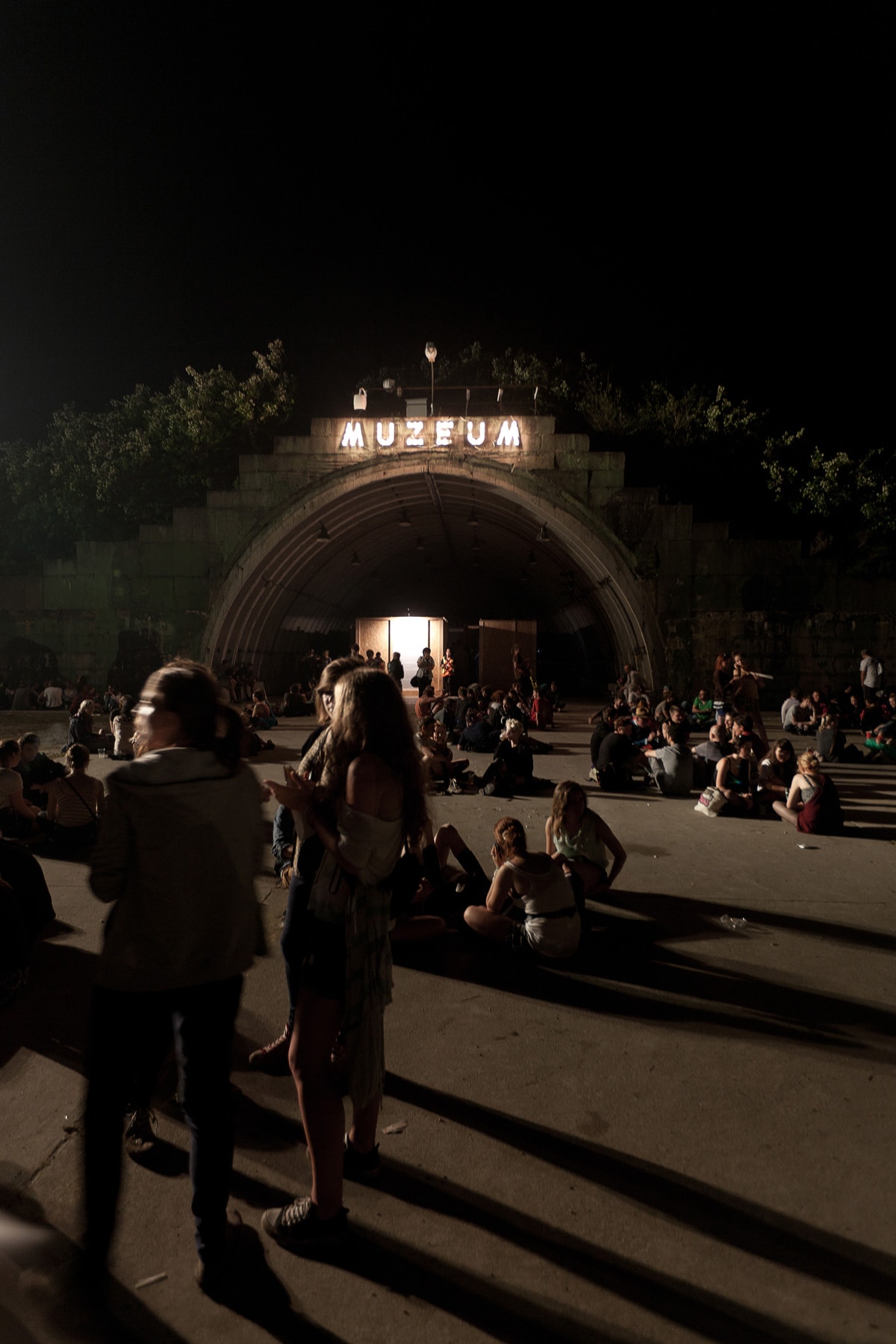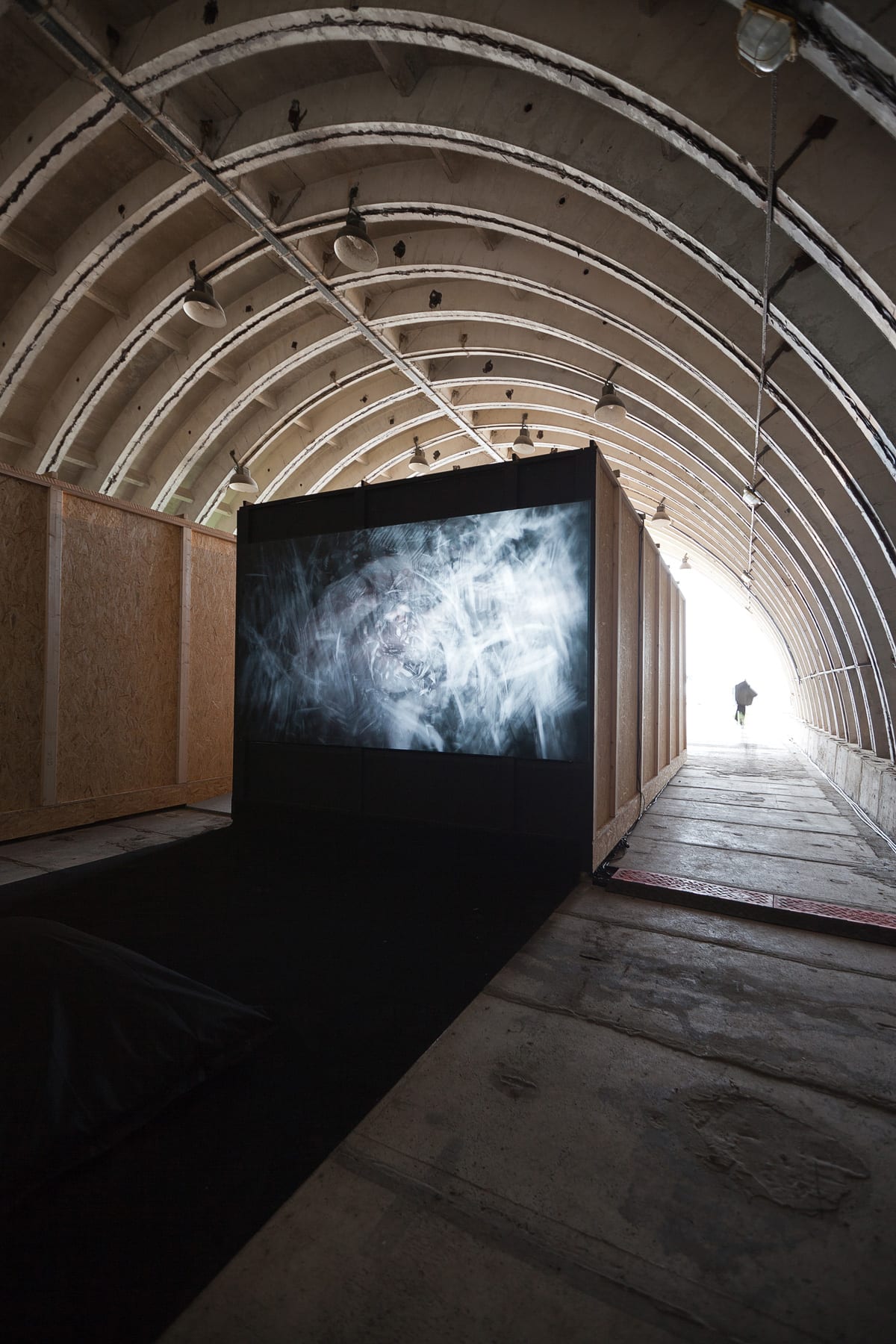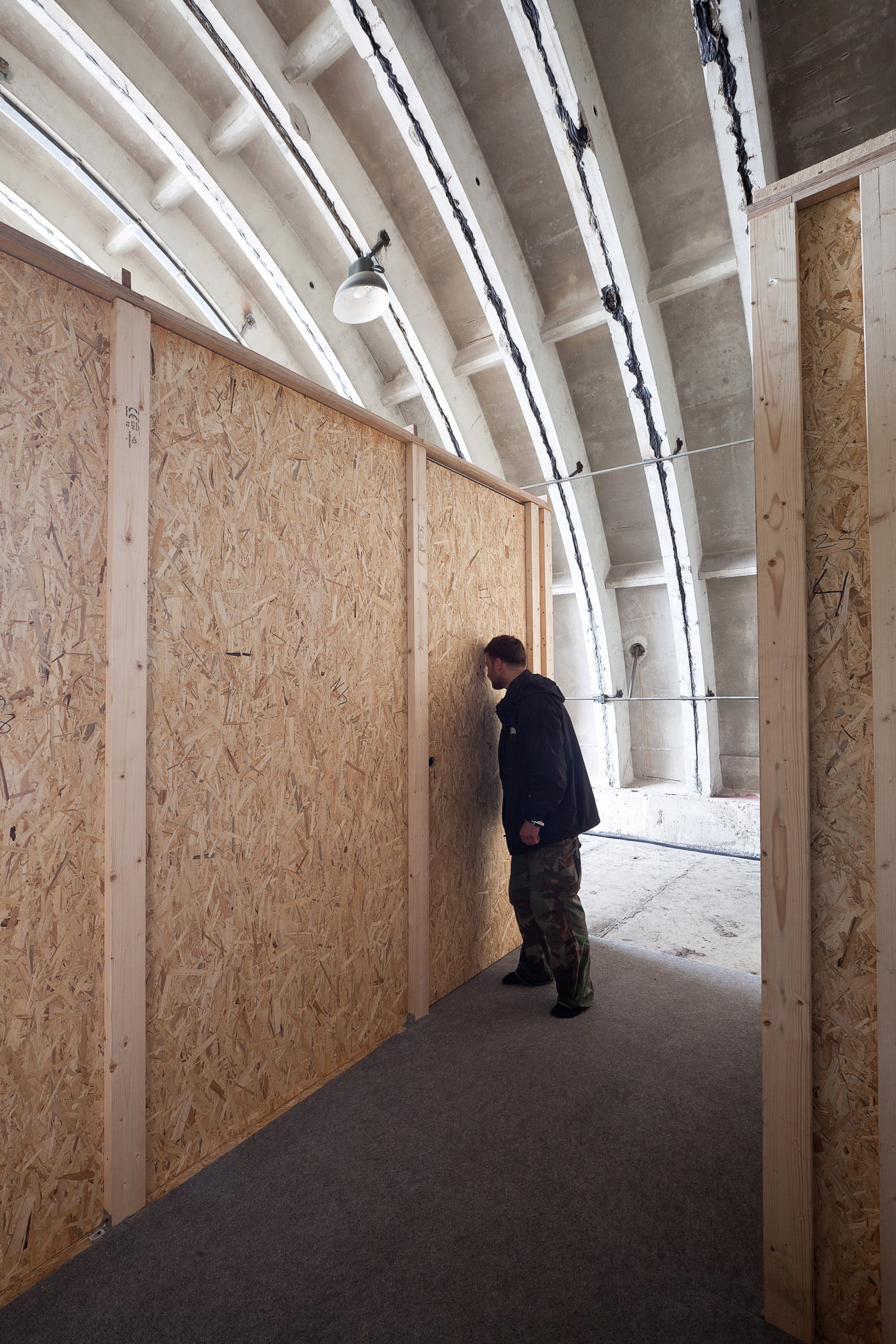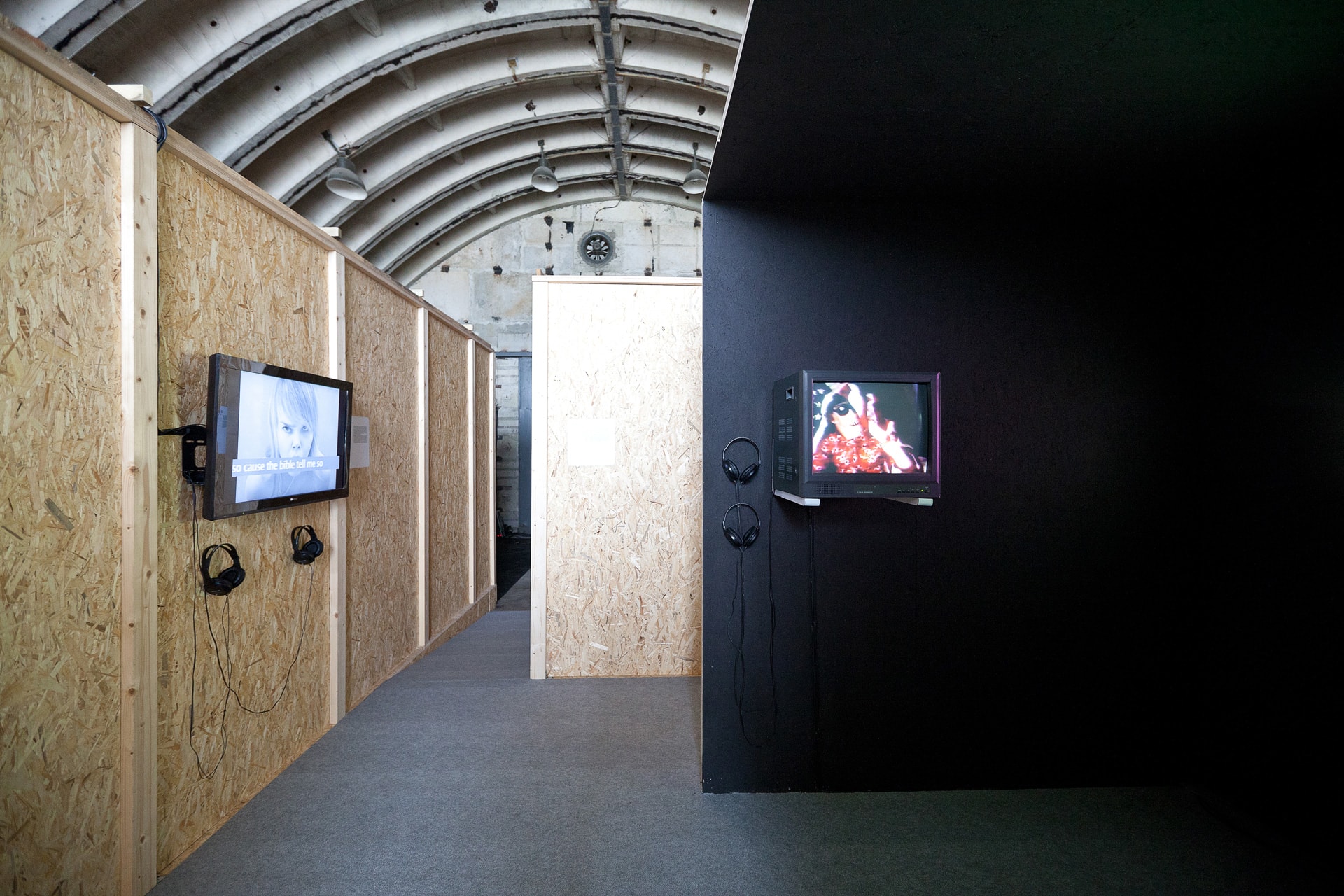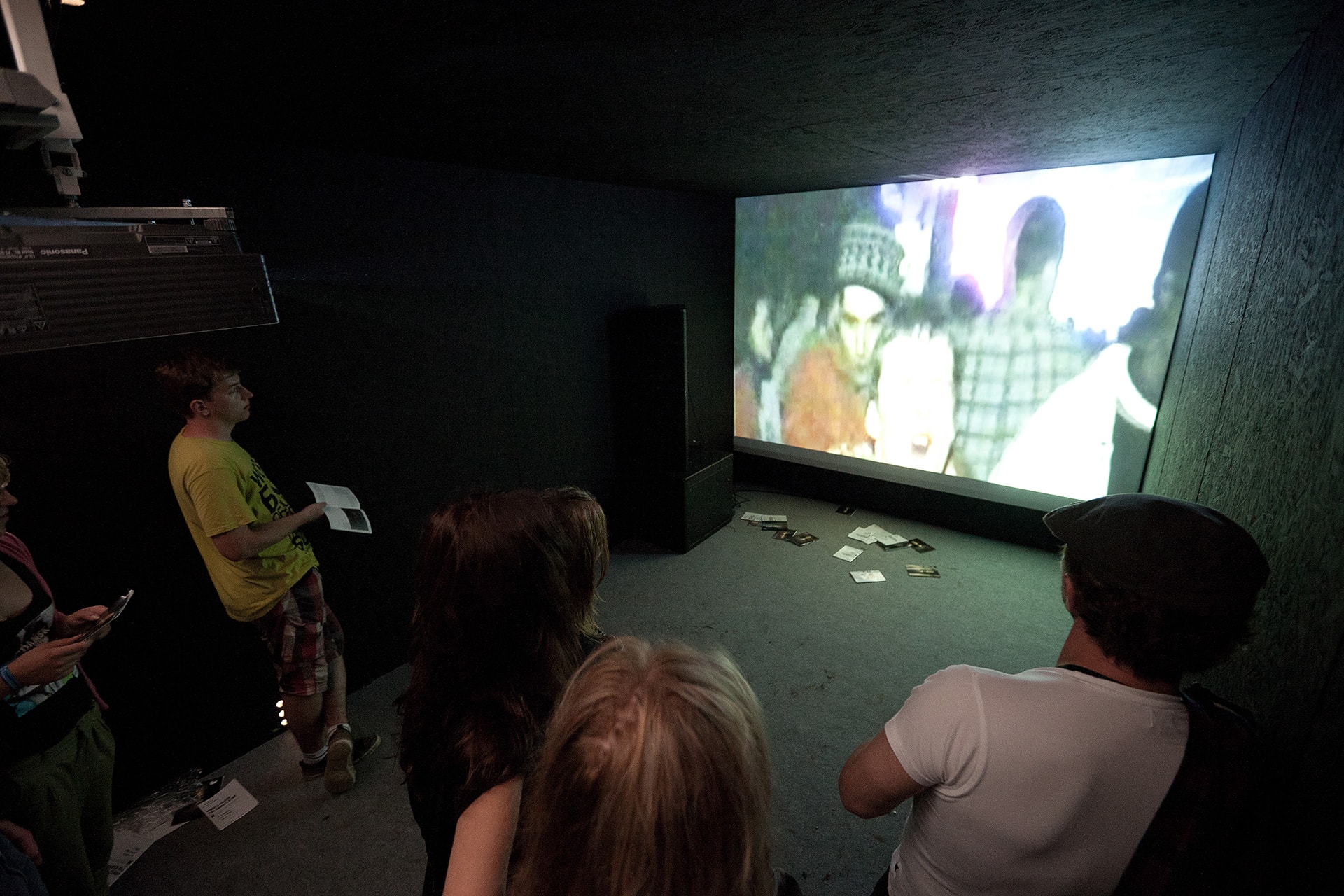Project description: The multimedia exhibition presented by the Museum of Modern Art in Warsaw at this year’s edition of the Open’er Festival observes the liaisons between music and visual arts with a focus on popular music as seen through the prism of video art. Adapted for an exhibition space, the bunker at the Gdynia Airfield will provide the festival crowd with the opportunity to explore music alongside its visual layer and to grasp varied references and aesthetic potential stemming from the marriage of music and moving image.
Project facts: The exhibition features some of the most engaging works and video installations from the last decade, accompanied by an array of music videos made by renowned visual artists for their music industry peers. The unique music videos by Kim Gordon, Harmony Korine or Richard Kern for Sonic Youth, Charles Atlas for Antony and the Johnsons, Jeremy Deller for Manic Street Preachers and the Chapman Brothers for PJ Harvey bear testimony to the rapprochement between rock music and the artistic milieus as well as demonstrate their common ground, spanning from the early eighties to the present day.


